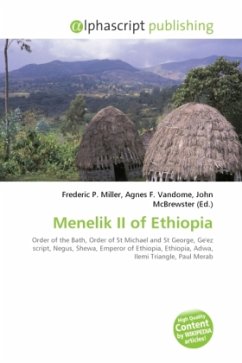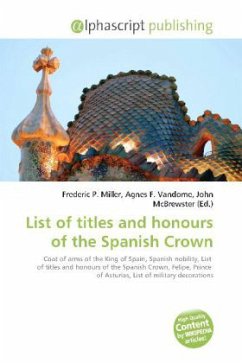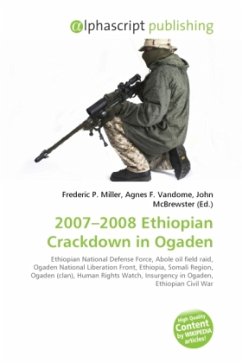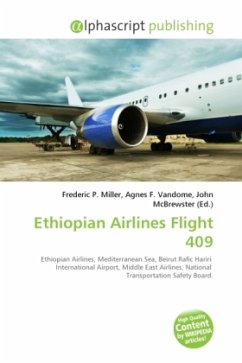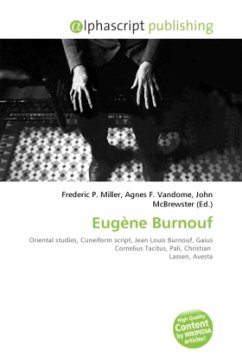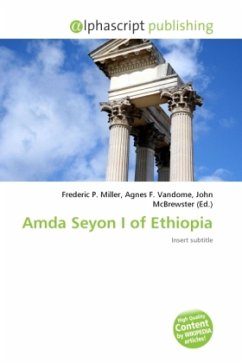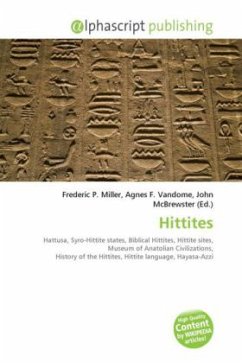
Ethiopian Aristocratic and Court Titles
Versandkostenfrei!
Versandfertig in 6-10 Tagen
23,99 €
inkl. MwSt.

PAYBACK Punkte
12 °P sammeln!
Until the end of the monarchy in 1974, there were two categories of nobility in Ethiopia: the Mesafint masfin, modern mesfin, "prince") or princes, hereditary nobles, formed the upper echelon of the ruling class; while the Mekwanint were the appointed nobles, often of humble birth, who formed the bulk of the nobility. Until the 20th century, the most powerful people at court were generally Mekwanint appointed by the monarch, while regionally the Mesafint enjoyed greater influence and power. Emperor Haile Selassie greatly curtailed the power of the Mesafint to the benefit of the Mekwanint.



